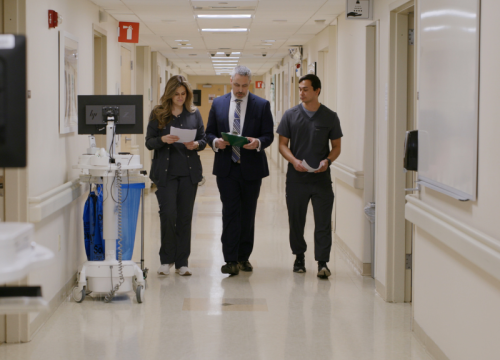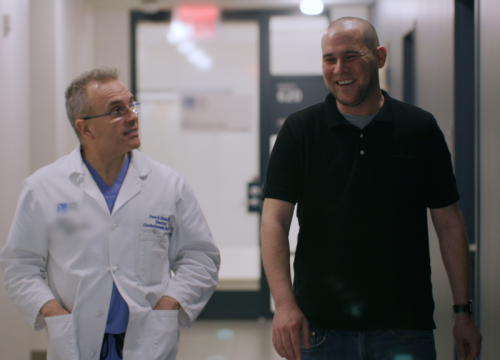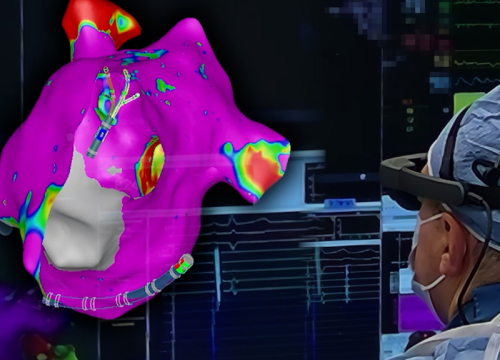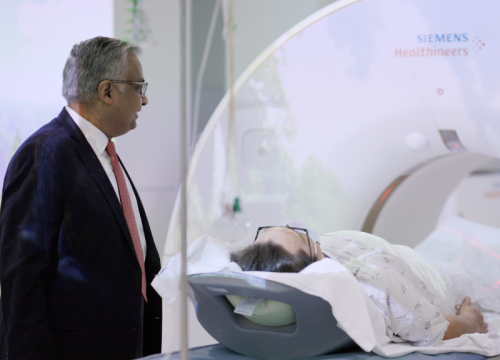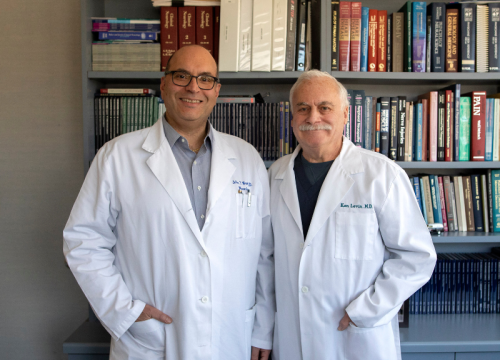At Valley’s Lung Cancer Program, we believe innovations and breakthroughs continue to be needed for this deadly disease. To this end, Valley physicians and full-time scientists conduct basic research in lung cancer in the Center for Cancer Research and Genomic Medicine.
Lung Cancer Research on Genetic Changes
Our laboratory research focuses on the genetic changes that occur in lung cancer patients as a result of their tumors, and how to detect these changes.
Valley investigators have been able to detect specific genetic changes in blood samples from lung cancer patients, which change back to normal after the lung cancer is removed.
The ultimate goal of this research is the development of a “blood test” for lung cancer.
Not all lung cancers are alike, and some are clearly more aggressive than others. Our research investigates ways to determine which lung cancers are aggressive and which are slow-growing and potentially not harmful.
Specifically, our researchers are identifying changes in the genetic makeup that characterize aggressive cancers, versus slow-growing ones.
Lung Cancer Tissue Bank
In order to support this research, Valley’s lung cancer tissue bank contains over 400 specimens. This tissue bank stores donated lung cancer tissue and blood samples from lung cancer patients who want to participate in our research efforts.
Patients are enthusiastic about the opportunity to make a contribution toward solving many of the riddles associated with lung cancer management, and to potentially affect the lives of future lung cancer patients in a positive way.
Ongoing Lung Cancer Research Projects
- Gene expression patterns in peripheral blood mononuclear cells of lung cancer patients. The goal of the project is to identify a marker for lung cancer based on the genetic makeup of circulating immune cells. The hope is to define a “blood test” for lung cancer.
- Gene expression patterns in non-small cell lung cancer. The goal of this project is to evaluate the gene expression of lung cancers when classified by factors indicating tumor aggressiveness. This may help identify subsets of tumors which may grow more slowly.








